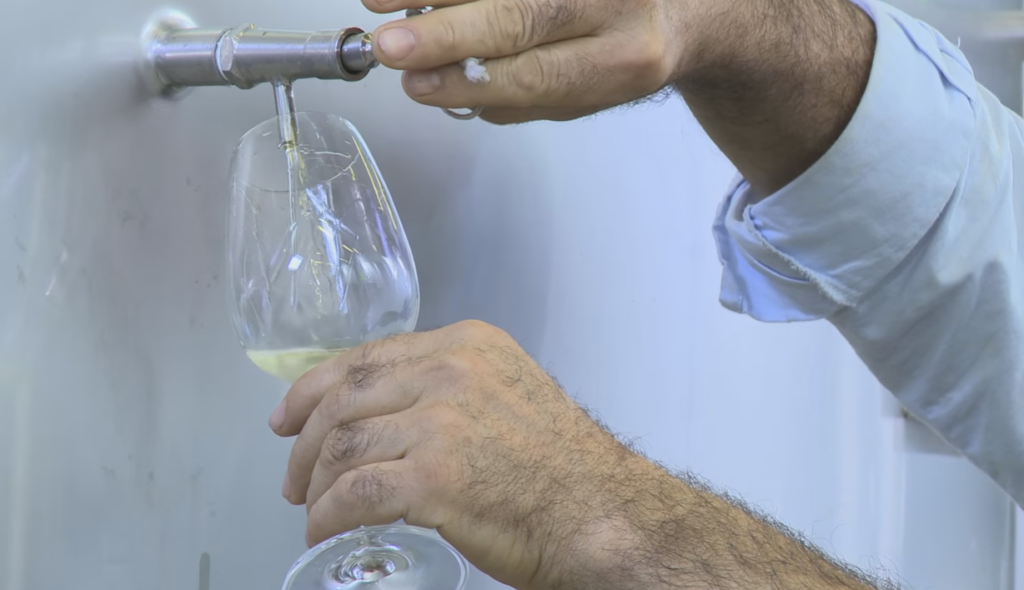The term “crianza” is used to designate the aging of wines in oak and bottle. This is specified by Spanish legislation, which establishes a minimum length of time in wood in order to reflect the term “crianza” on a label and the use of oak containers of a certain capacity (up to 330 liters, although Bordeaux barrels of 225 liters are the most common).
The regulations are basic, i.e., mandatory for the whole country, although certain regions or appellations of origin may be more restrictive (they require more time) to allow the indication of traditional ageing indications, as is the case in Rioja. However, winemaking is advancing faster than the law and the use of wood of different species and capacities is becoming more and more common -lately 500-liter wood has been widely used- which, therefore, does not comply with legal regulations.
In this sense, aging is also done with other materials such as chestnut wood, acacia wood…, in eggs or concrete tanks, in stainless steel or even in clay amphorae. They are also crianzas in the sense that the process varies the wine’s characteristics in order to improve them through maturation or aging, although these new materials are not, for the time being, legislatively regulated and, therefore, the wines are marketed under the back label of “generic”.
Familia Martínez Bujanda likes to define our white wine Finca Montepedroso as a wine aged on fine lees. We do not use wood in the wine because we understand that the freshness and rusticity of the Verdejo would be spoiled -although there are, nevertheless, many experiences in Rueda on aging in wood-, but we do use a peculiar process that also allows the wine to be aged in wood. Finca Montepedroso is not exclusively a vintage wine, but one that evolves and gains complexity in the bottle in the two or three years following bottling..
The lees are the remains deposited by the wines at the bottom of the tank after alcoholic fermentation is completed. The fine lees remain in suspension after stirring the wine and are basically yeasts from the end of alcoholic fermentation and yeasts and lactic bacteria from malolactic fermentation. The thick lees must be eliminated as they can transfer to the wine reduced odors, sulfurous, herbaceous tastes or undesirable microorganisms. However, care must also be taken when working with fine lees because, if we allow them to become caked, they could give us those unwanted odors, and for this purpose the technique known as ‘batonnage’ is used, which basically consists of keeping the lees in suspension so that they do not become caked at the bottom.

The effects of aging on Finca Montepedroso are several: first, as we have already mentioned, improves longevity, softens astringency, makes the wine more persistent and gives us more volume in the mouth and unctuousness, improves stability and protects the wine from oxidationthe great enemy of the whites.
In short, aging, as we have seen with different methods and materials, is a delicate process whose objective is to give a wine distinct characters. The starting point is a wine that is fit for consumption, but whose qualities will be improved.




